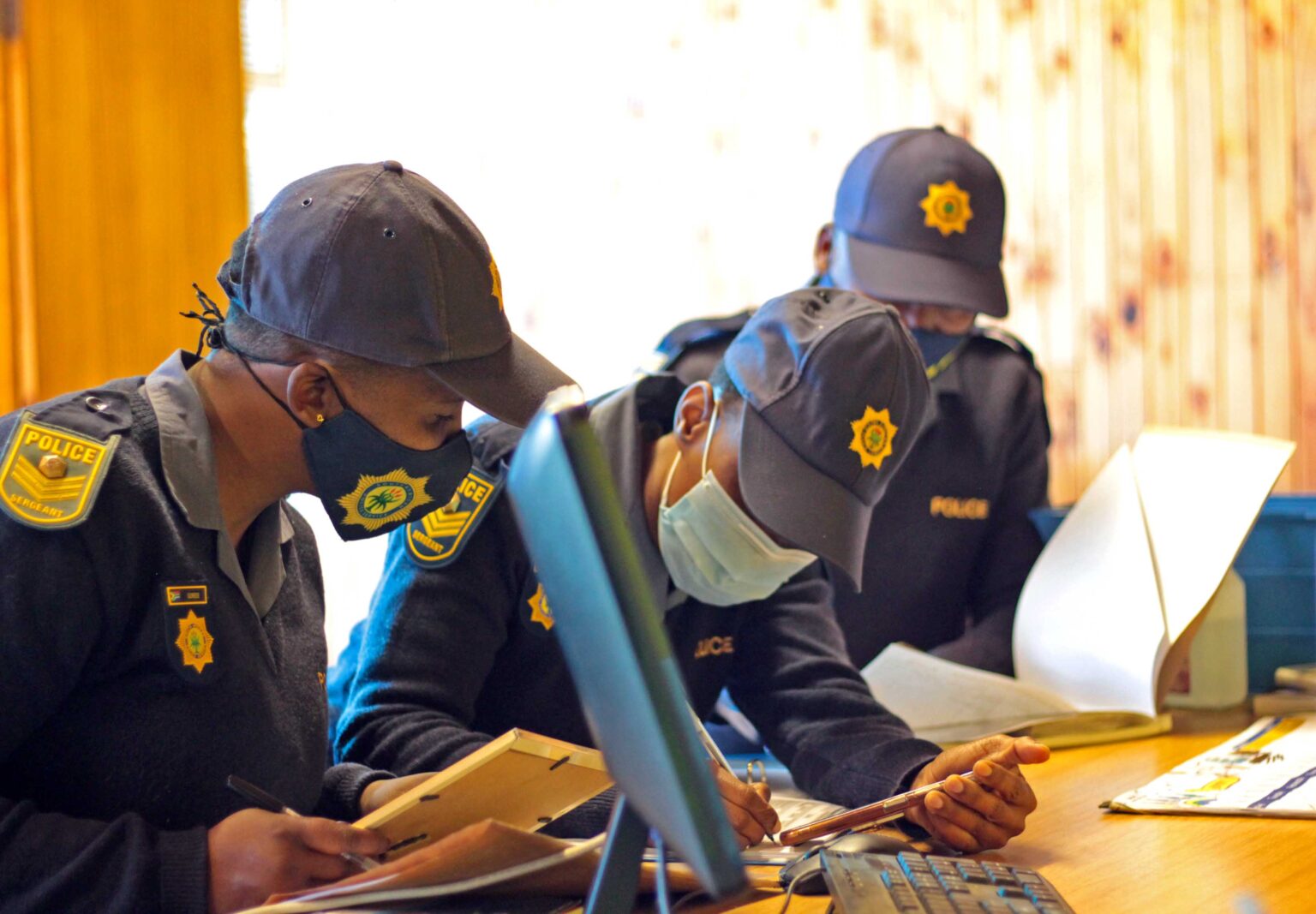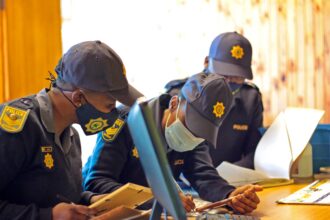In a controversial move, South Africa’s Department of Communications and Digital Technologies has proposed phasing out several key emergency hotlines, including the SAPS 10111 line, medical emergency 10177, and general emergency line 107. The plan would consolidate all emergency services under one national hotline, 112, which currently connects callers to private communication centres operated by electronic network service providers.
Proposed Changes and Reasoning Behind a Single Emergency Number
The decision aims to streamline emergency response by eliminating the need for multiple hotlines. Instead, South Africans would dial 112 for all emergencies. Though a public 112 Emergency Centre does not yet exist, network service providers currently route calls to private centers, where automated systems connect callers to the appropriate agency. This approach would mimic global models where a single emergency line handles all urgent calls.
10111 and Service Challenges
The 10111 hotline, initially created in 2007, has served as the primary link between citizens and police services. However, it has struggled with performance issues. The main 10111 command center in Midrand, Gauteng, originally built for R600 million, has faced criticism for inadequate staffing, delayed upgrades, and frequent downtime, leaving communities dissatisfied with emergency response times.
In January, the hotline was entirely non-functional for a week, frustrating citizens and exposing vulnerabilities in the system. Police later confirmed that communication failures left operators unable to connect callers to police stations. Action Society activist Ian Cameron stated at the time that, while operators could answer calls, they had no way to direct them to the appropriate response teams, effectively rendering the line useless.
Public Outcry and Government Inspection
Deputy Minister for the Public Service and Administration, Pinky Kekana, visited the 10111 command center in September to review service delivery and address operational challenges. Her inspection highlighted gaps in complaints management and considered ways to improve integration between 10111 and other government hotlines, like the Presidential Hotline.
Kekana emphasized the need for streamlined communication to better serve South Africans, noting that integrating various hotlines could improve both efficiency and response times. She acknowledged growing public frustration, citing the need for a responsive system that addresses community safety and health concerns comprehensively.
Public Reaction and Potential Impact
While the department believes consolidating emergency numbers could reduce confusion and increase efficiency, the plan has raised concerns. Many citizens fear that replacing 10111, the established police emergency line, may further strain an already embattled system. In communities where trust in government response times is already low, critics worry the single hotline approach could delay critical help in life-threatening situations.
In response, some South Africans have resorted to private security services or even informal neighborhood watches to fill the gaps left by the overstretched emergency system. The ongoing communication issues and lack of integration between emergency services and the public have deepened the frustration.
Looking Forward: Will 112 Be Effective?
To make the 112 system effective, significant investments would be needed to improve the routing, communication systems, and call center capabilities across all regions. Integration with other government call centers, better technology, and increased staffing could help resolve issues currently plaguing emergency services.
As public discussions on the proposal continue, citizens hope that any consolidation will prioritize speed, accessibility, and integration across the emergency response landscape. Whether 112 can meet these needs will depend on government investment, transparency, and a commitment to meaningful reform.








